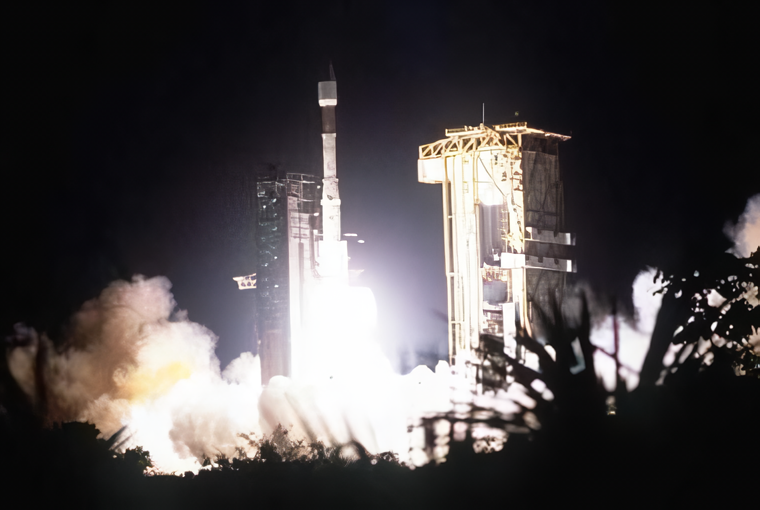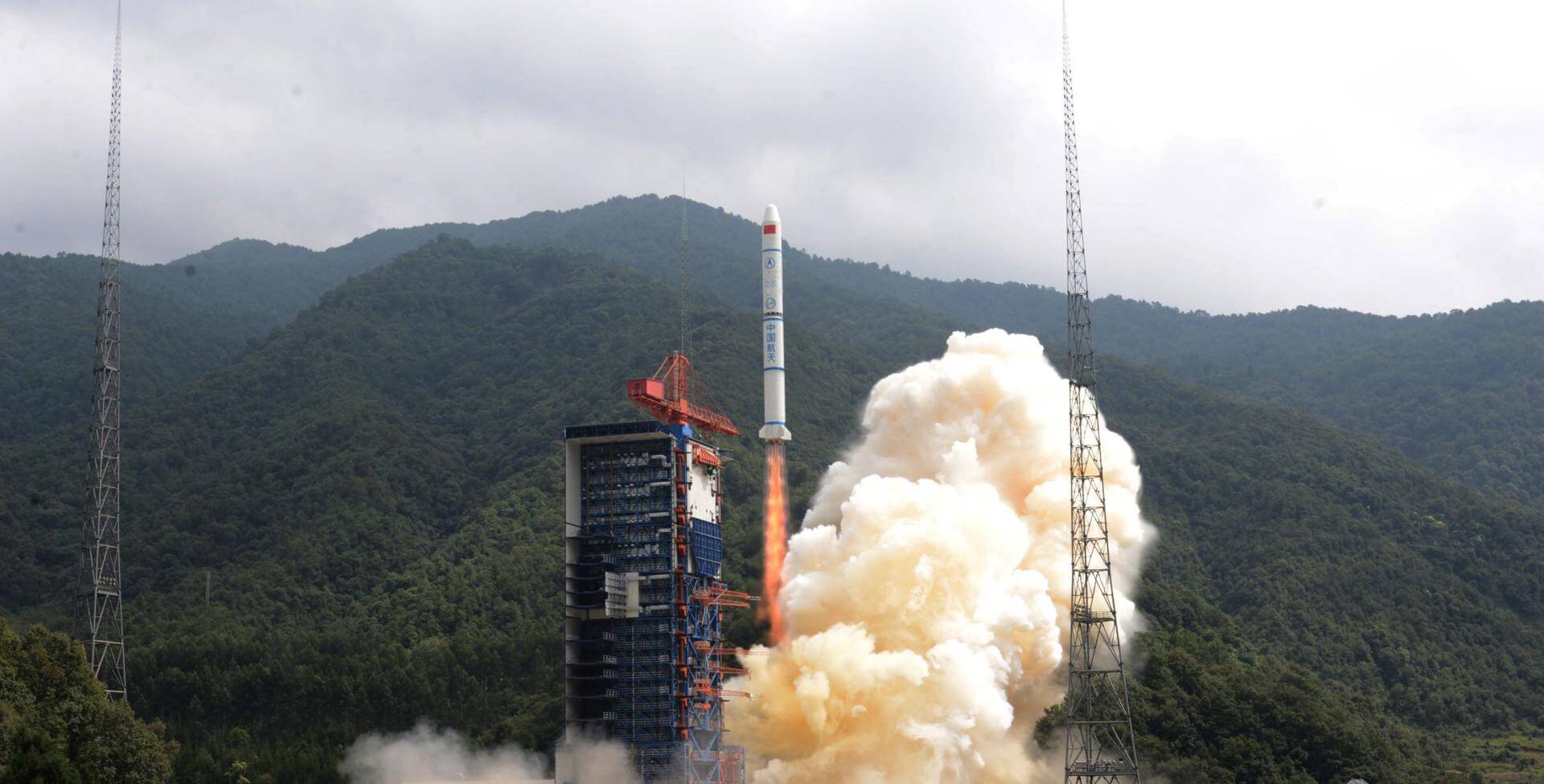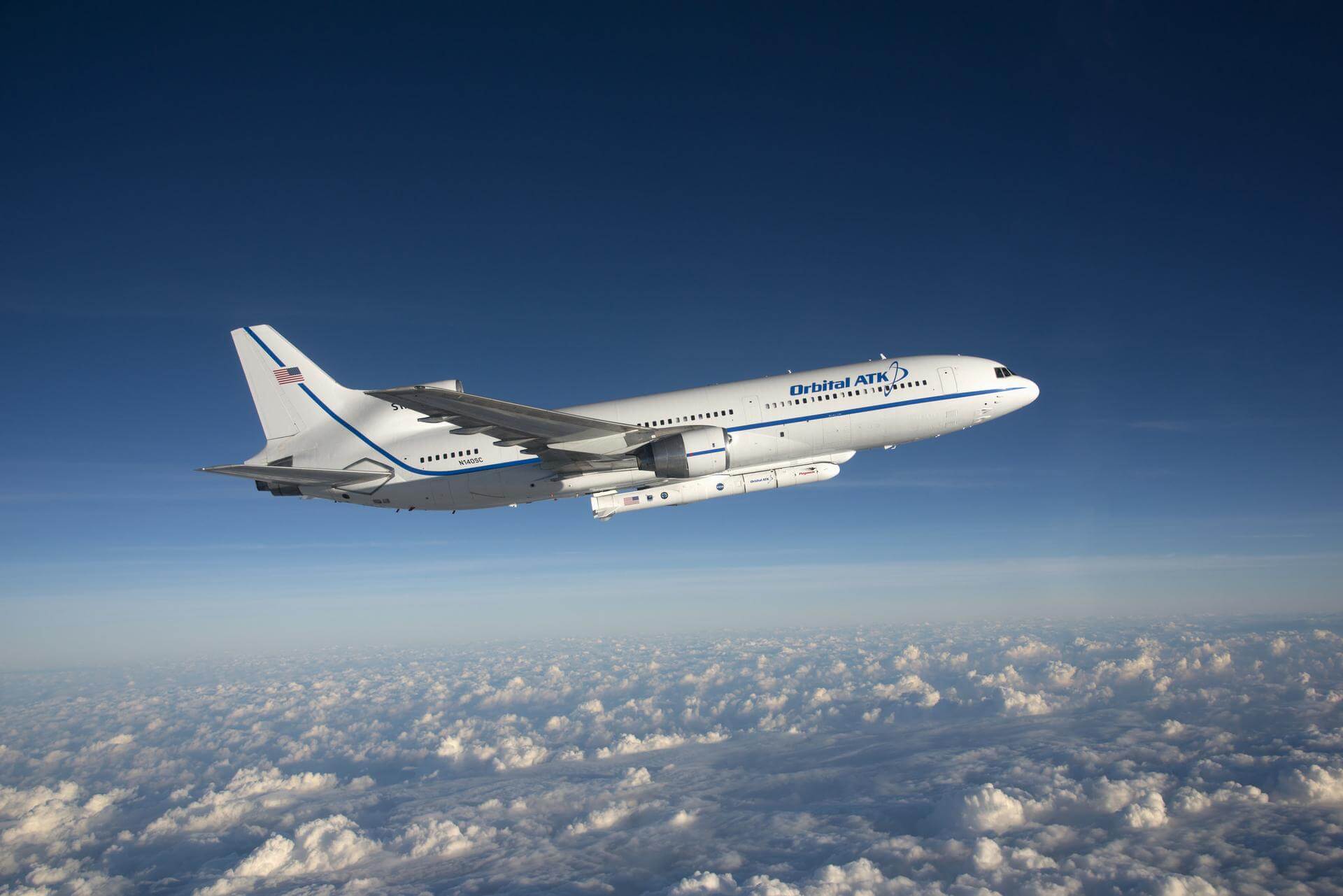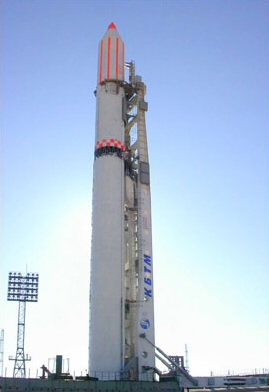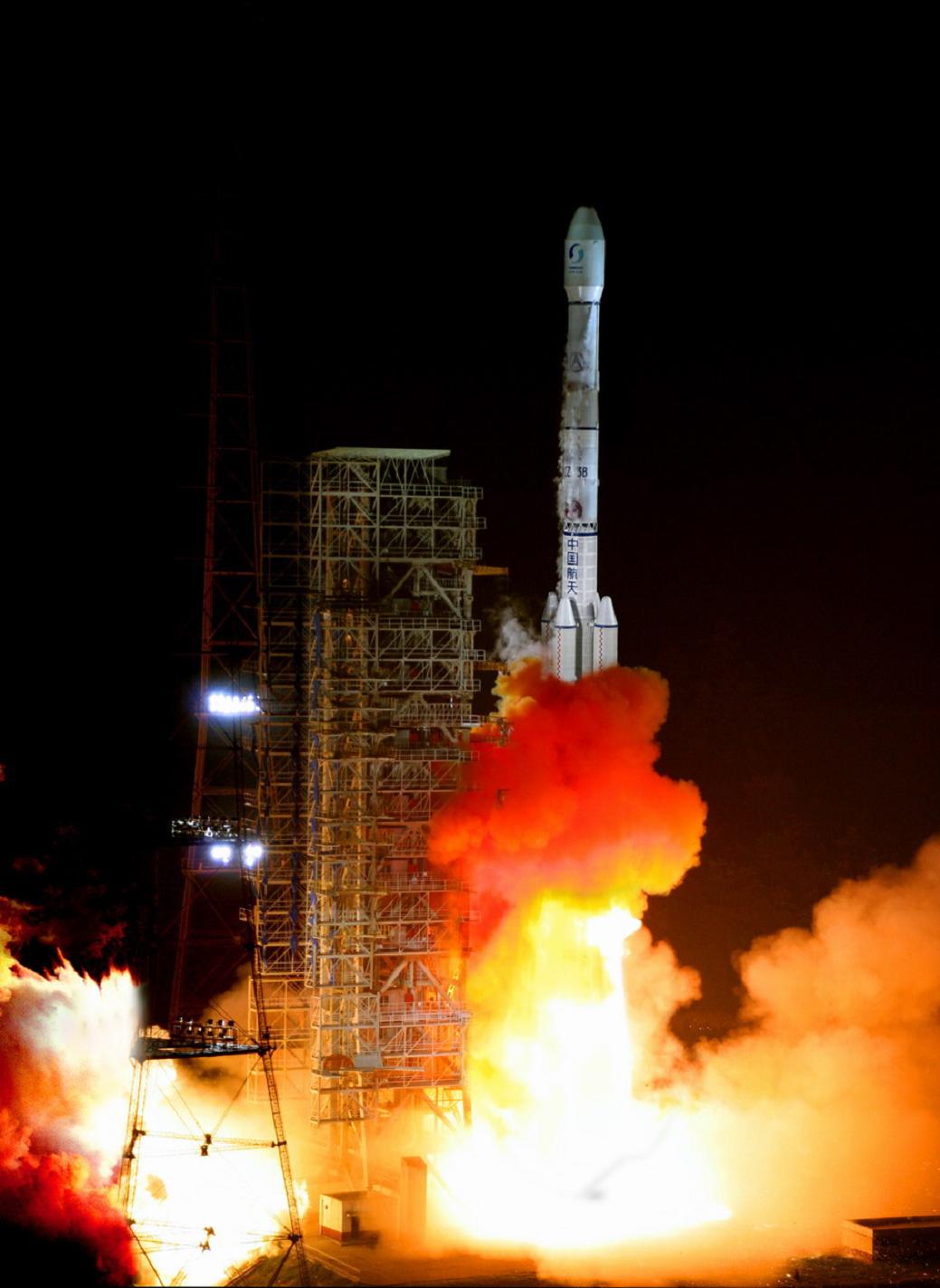Previous Spaceflight Launches
Filter by Agency, Locations or Vehicles
Show All LaunchesPaektusan 1 | Kwangmyongsong 1
Korean Committee of Space Technology | North KoreaTonghae Satellite Launching Ground
Aug. 31, 1998, 3:07 a.m.
Status: Launch Failure
Mission:
Thir first attempt to launch a North Korean satellite ended in vain, as the third stage of the Pekdosan-1 (a.k.a. Taepodong-1) launch vehicle failed shortly before it reached orbital velocity. Kwangmyŏngsŏng 1 would have beamed propaganda songs from space, if it had reached a stable orbit.
Low Earth OrbitProton-K/DM-2M | Astra 2A
Khrunichev State Research and Production Space Center | RussiaBaikonur Cosmodrome, Republic of Kazakhstan
Aug. 30, 1998, 12:31 a.m.
Delta 8930 | Galaxy 10
Boeing | United States of AmericaCape Canaveral SFS, FL, USA
Aug. 27, 1998, 1:17 a.m.
Status: Launch Failure
Mission:
Galaxy 10, a Hughes HS-601HP satellite, would have joined PanAmSat's fleet of dual-payload spacecraft serving the United States. It was the first satellite to be carried on the new Boeing Delta-8930 rocket. The launch occurred on 26 August 1998, but the satellite was lost when the Delta-8930 failed.
Geostationary OrbitAriane 44P | ST-1
Aérospatiale | FranceGuiana Space Centre, French Guiana
Aug. 25, 1998, 11:07 p.m.
Status: Launch Successful
Mission:
Jointly owned by Singapore Telecom (SingTel) and Chunghwa Telecom of Taiwan, the ST 1 satellite system provides telecommunications and direct-to-home broadcast services to most of Asia, up to 16 high-power Ku-band transponders over India, south-east Asia and Taiwan, and 14 C-band transponders for coverage from western India and Pakistan to Borneo, the Philippines and south-eastern China. The ST 1 satellite was launched in August 1998. Two ground control stations are located in Seletar (Singapore) and Taipei (Taiwan).
Geostationary OrbitLong March 2C/SD | Iridium 76 & 78
China Aerospace Science and Technology Corporation | ChinaTaiyuan Satellite Launch Center, People's Republic of China
Aug. 19, 1998, 11:01 p.m.
Status: Launch Successful
Mission:
Iridium provides global mobile telecommunications services using a constellation of 66 low earth orbit satellites in a 86.4° inclined orbit. Although 77 satellites were originally envisioned for the system and spawned the name based on the 77th element in the periodic table, the system has been scaled back. Motorola's Satellite Communications Group designed and manufactured the Iridium satellites with Lockheed Martin providing the LM-700A spacecraft buses.
Low Earth OrbitSoyuz-U | Soyuz TM-28
Russian Federal Space Agency (ROSCOSMOS) | RussiaBaikonur Cosmodrome, Republic of Kazakhstan
Aug. 13, 1998, 9:43 a.m.
Status: Launch Successful
Mission:
Soyuz TM-28 was the 37th mission and the 26th long-duration expedition to Mir space station. The mission began on August 13, 1998, 09:43:11 UTC, launching Commander Gennady Padalka, Flight Engineer Sergei Avdeyev and Research Cosmonaut Yuri Baturin into orbit. They docked with Mir two days later. During their stay there, cosmonauts performed several EVAs and various scientific experiments in medicine, biotechnology, Earth sciences etc. Station crew was visited by several Progress resupply spacecrafts, and welcomed aboard Soyuz TM-29 with the next expedition crew. The mission concluded with a safe landing back on Earth on February 28, 1999, 02:14:30 UTC.
Low Earth OrbitTitan 401A Centaur | Mercury 16
Lockheed Martin | United States of AmericaCape Canaveral SFS, FL, USA
Aug. 12, 1998, 11:30 a.m.
Status: Launch Failure
Mission:
The Mercury (MC) series, although known to the public as 'Advanced Vortex', are the latest generation of USAF ELINT/SIGINT satellites. They were focussed on communications intelligence (COMINT), focused at strategic level communications, but had the capability added to intercept also missile telemetry. These satellites were launched under the designation Program 7500 and were part of NRO's Program A.
Geostationary OrbitPegasus XL HAPS | Orbcomm-B1 - B8
Orbital Sciences Corporation | United States of AmericaAir launch to orbit
Aug. 2, 1998, 4:24 p.m.
Zenit-2 | Tselina-2 20
Yuzhnoye Design Bureau | UkraineBaikonur Cosmodrome, Republic of Kazakhstan
July 28, 1998, 9:15 a.m.
Long March 3B | Xinnuo 1
China Aerospace Science and Technology Corporation | ChinaXichang Satellite Launch Center, People's Republic of China
July 18, 1998, 9:20 a.m.


